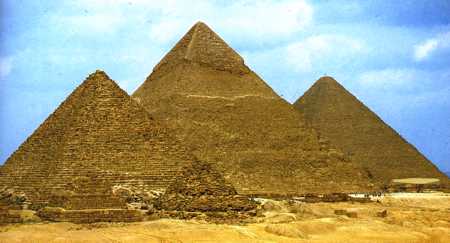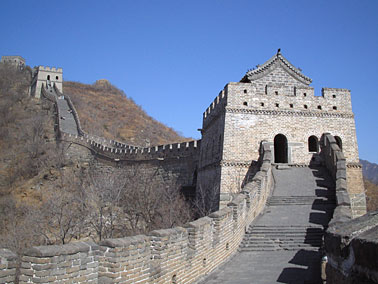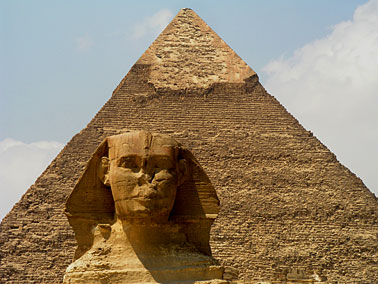 some introducation of egypt history!!
some introducation of egypt history!!The lake was created in the 1960s when the world famous High Dam was built. Together with the old Aswan Dam (built by the British between 1898 and 1902) it provides irrigation and electricity for the whole of Egypt. It is named for Gamal Abdel Nasser, president of Egypt from 1956-1970. The southern third of the lake is in Sudan and is called Lake Nubia. The lake is 312 miles (480 meters) long and covers an area of 2026 square miles (5,248 km2). It has a maximum depth of 426.5 ft (130 m) but its mean depth is 82.6 ft (25.2 m). The Egyptian portion is 202 miles (324 km) long and has a shoreline of 4,875 miles (7,844 km). Part of the area Lake Nasser covers today was once the site of the temples of Abu Simbel, built by Ramses II around 1200 B.C. The temple was moved but other sites of historical significance was submerged. Lake Nasser has arguably the best freshwater fishing in the world for both Nile perch and Tiger Fish. There are also several species of catfish; the legendary giant Vundu being the biggest. Two species of Tilapia also inhabit the lake and give a good account of themselves on a fly rod. All told there are some thirty two species of fish in the lake.Most of the time, a dynasty consisted of a related family of rulers, though sometimes dynasties seem to have been broken up due to the establishment of a new capital. In a number of instances, modern Egyptologists believe that he may have been incorrect about the end of a family line.
Even today, the power that an ancient Egyptian pharaoh commanded in ancient Egypt and the resources under his control can seem staggering. One need only think in terms of the Great Pyramids, the wealth of gold and the grand temples to gain some understanding of their power.




.jpg)
.jpg)
No comments:
Post a Comment